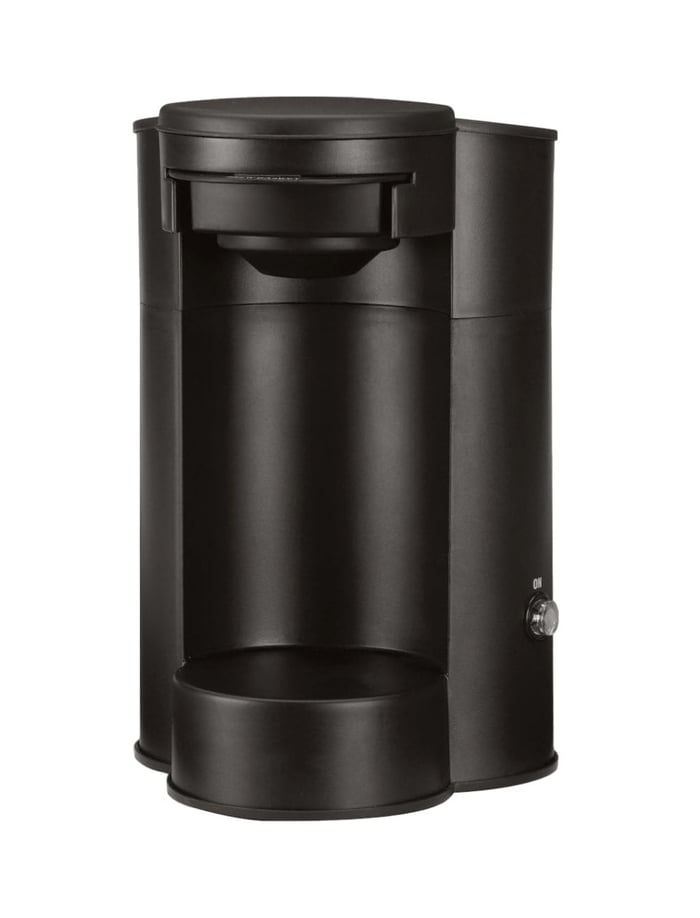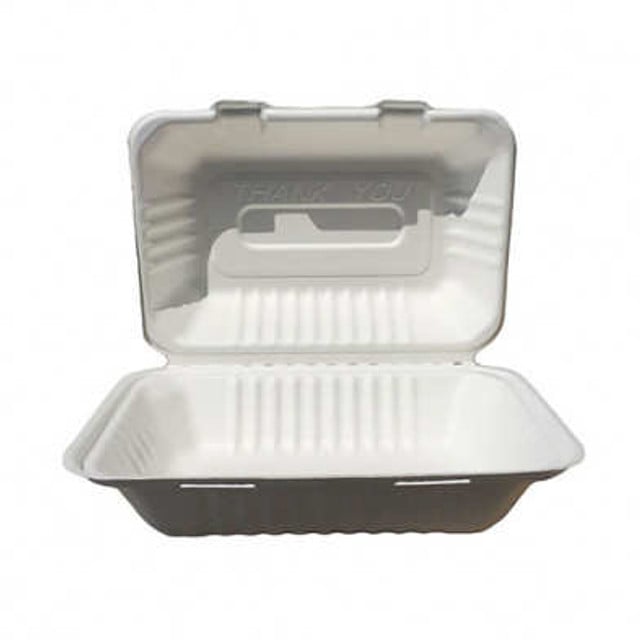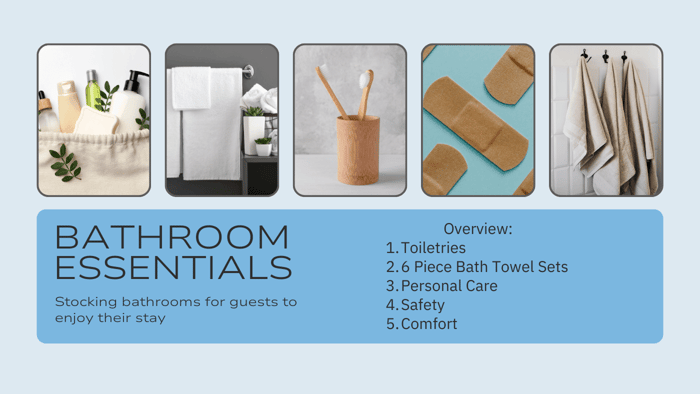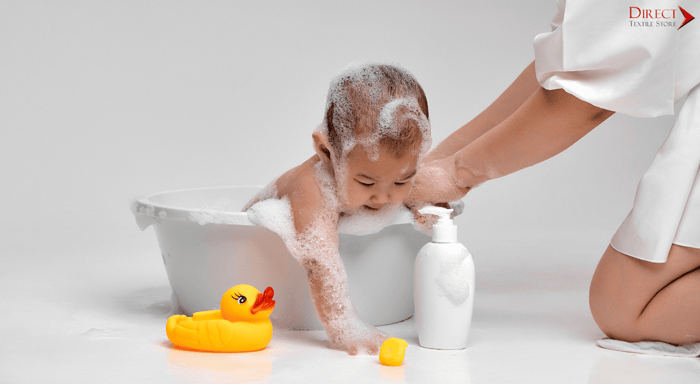How to Clean Coffee Makers: A Step-by-Step Guide
Clean coffee makers is essential for brewing delicious coffee and maintaining the longevity of your machine. Over time, mineral deposits, coffee oils, and residue can build up in your coffee maker, affecting the taste of your brew. In this blog post, we'll guide you through the cleaning process and provide answers to common questions related to small coffee makers.
What Are the Best Single Serve Coffee Makers?
When it comes to single serve coffee makers, there are several excellent options available at Direct Textile Store to suit your specific preferences. The best coffee makers can vary depending on factors such as your preferred brewing method, budget, and desired features. Hamilton Beach 1 cup coffee makers are excellent coffee makers that allow you to brew a single cup, providing flexibility for different occasions.
Choosing the best single serve coffee maker depends on your specific needs and preferences, so be sure to consider factors like brewing options, pod compatibility, and ease of use.
Single Serve Coffee Makers at Direct Textile Store
Single-serve coffee makers have become increasingly popular due to their convenience, efficiency, and ability to brew a fresh cup of coffee quickly. One of the primary benefits of a 1 cup coffee maker is its convenience. These machines are designed to brew one cup at a time, eliminating the need to brew a whole pot, which can save time and reduce waste. This feature is especially advantageous for busy individuals who want a quick caffeine fix without the hassle of traditional coffee-making methods.
Another significant advantage is the consistency and quality of the coffee. 1-cup coffee makers use pre-measured coffee pods or capsules, ensuring that each cup has the right amount of coffee grounds for optimal flavor. This eliminates the guesswork involved in measuring coffee and results in a consistently good cup of coffee every time. The sealed pods also preserve the freshness of the coffee, enhancing the overall taste and aroma.
Single-serve coffee makers offer a wide variety of coffee options. Many brands offer an extensive range of coffee pods, including different roasts, flavors, and specialty beverages like lattes and cappuccinos. This variety allows users to enjoy different types of coffee without needing multiple machines or complicated brewing processes. It caters to diverse tastes and preferences, making it a versatile choice for households with multiple coffee drinkers.
These machines are also relatively easy to use and maintain. Most single-serve coffee makers require minimal setup and can brew a cup of coffee with the push of a button. Cleaning is typically straightforward, as the used coffee pod is simply discarded after brewing, and the machine may only need occasional descaling and rinsing.
1 cup coffee makers are compact and space-efficient, making them ideal for small kitchens, offices, dorm rooms, or any space where counter space is limited. Their sleek and modern designs also add a touch of sophistication to any setting.
Single-serve coffee makers offer convenience, consistency, variety, ease of use, and space efficiency, making them an excellent choice for anyone seeking a quick and quality coffee experience.
Are Coffee Makers BPA Free?
Coffee maker manufacturers are increasingly aware of consumers' concerns regarding BPA (Bisphenol A), a chemical sometimes found in plastics. Many modern coffee makers, especially those designed for home use, are made with BPA-free materials. These machines use plastics that are considered safe for food and beverage contact.
When researching and purchasing a coffee maker, you can check the product specifications and features to confirm that it is indeed BPA-free. Most reputable coffee maker manufacturers prioritize safety and clearly indicate if their products are BPA-free.
Do Coffee Makers Boil Water?
Coffee makers do not typically bring water to a boil; instead, they heat water to an optimal brewing temperature for coffee. The ideal brewing temperature for coffee is between 195 to 205 degrees Fahrenheit (90 to 96 degrees Celsius). Coffee makers have heating elements that raise the water temperature to this range.
Boiling water, which reaches 212 degrees Fahrenheit (100 degrees Celsius), can lead to over-extraction, making coffee taste bitter. Therefore, coffee makers are designed to heat water precisely to the right temperature for the best flavor.
How Hot Do Coffee Makers Get?
Coffee makers are designed to reach and maintain the optimal brewing temperature range of 195 to 205 degrees Fahrenheit (90 to 96 degrees Celsius). This temperature range ensures that coffee grounds are extracted evenly, resulting in a balanced and flavorful cup of coffee.
High-quality coffee makers often feature precise temperature control to maintain consistency in brewing. The temperature settings are carefully calibrated to extract the best flavor from your coffee without scalding or under-extracting it.
Cleaning your coffee maker is a crucial part of ensuring that it continues to brew great coffee. Here's a step-by-step guide on how to clean your coffee maker effectively:
Step 1: Gather Your Supplies
You'll need white vinegar, water, a clean cloth or sponge, and a coffee filter.
Step 2: Empty and Wash Removable Parts
Remove the coffee pot, filter basket, and any other removable parts. Wash them with warm, soapy water, rinse thoroughly, and allow them to air dry.
Step 3: Prepare the Cleaning Solution
Mix equal parts of white vinegar and water in the coffee maker's water reservoir. This solution will help remove mineral deposits and build-up from the machine.
Step 4: Run a Cleaning Cycle
Place a clean coffee filter in the filter basket to catch any debris. Turn on the coffee maker and run a brewing cycle using the vinegar and water solution. Discard the solution after the cycle is complete.
Step 5: Rinse with Water
Fill the water reservoir with fresh water and run a complete brewing cycle without coffee grounds. Repeat this process with plain water a few more times to ensure all traces of vinegar are rinsed away.
Step 6: Clean the Exterior
Wipe down the exterior of the coffee maker with a clean cloth or sponge to remove any coffee stains or residue.
Step 7: Reassemble and Brew
Once everything is clean and dry, reassemble the coffee maker, add fresh coffee grounds, and brew a pot of coffee to enjoy.
By following these steps and maintaining a regular cleaning schedule, you can keep your hotel coffee makers in excellent condition and ensure that your morning coffee always tastes its best.
About the Author
Haley Bridges, Marketing Assistant at Direct Textile Store
Haley Bridges has served as Marketing Assistant at Direct Textile Store, where she specializes in hospitality linens, uniforms, and bulk textile solutions. She works closely with hotels, restaurants, and healthcare facilities to match them with durable, high-quality products that balance both performance and value. Haley's expertise in textile sourcing and merchandising strategy helps businesses make confident purchasing decisions while staying ahead of industry trends.





